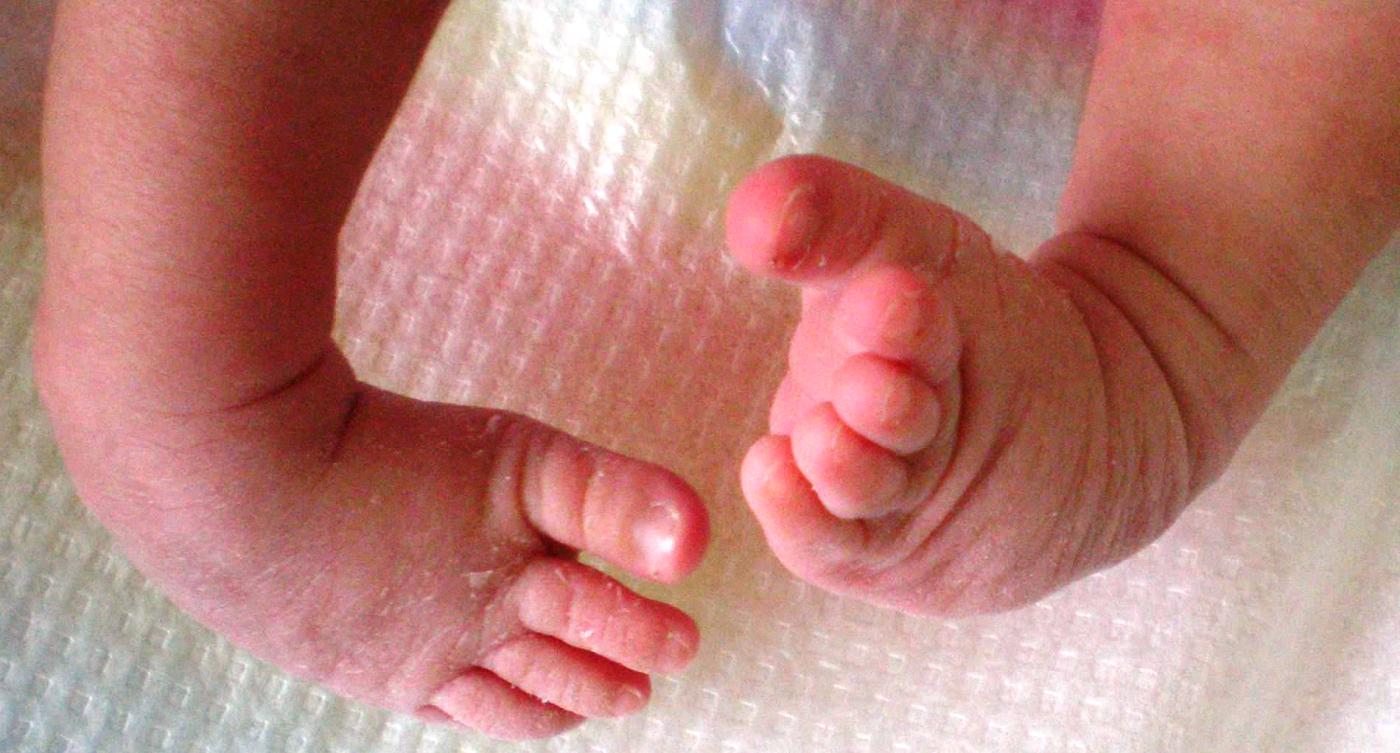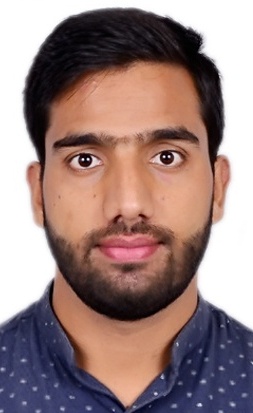by Sheikh Umar Ahmad
Clubfoot describes foot abnormalities usually present at birth (congenital) in which baby’s foot; either one or both is twisted out of shape or position making it verily difficult for a child to walk normal or stand-alone in some cases without support if left unattended and untreated.

Dr Ignacio Ponseti, who died in 2009 has changed the fate of millions of children who were born with clubfoot, a deformity in their feet
In clubfoot, the tissues connecting the muscles to the bone (tendons) are shorter than usual. It is a fairly common birth defect and is usually an isolated problem for an otherwise healthy newborn. The deformity occurs in the feet of babies in the mother’s womb at about sixth weeks of human life. In medical terms, it is called CTEV, Congenital Talipes Equino Varus.
Clubfoot is a common congenital birth defect; with an average prevalence of approximately one per 1000 live births, although this rate is reported to vary country wise around the world with developing countries thought of to have more prevalence owing to the poor nutritional availability and other factors not yet scientifically validated. The half of children among affected ones has it in both of their feet.
In Kashmir valley itself, its incidence is even higher owing to factors yet unknown due to least research in this field. Earlier and even now to some extent considered to be a social stigma and the parents often hide their babies inside their homes to avoid pessimistic public thought on it. Some physical phenomena like solar or lunar eclipse to which mother had got exposed are being held responsible even now in Kashmir for this deformity in one’s child.
However, over a period of time and with some awareness created by social and formal media, the parents no longer feel any sort of humiliation and as soon as the babies are born with clubfeet, the same day they are taken to Bone and Joint Hospital, Barzulla for treatment which earlier was lacking on the ground for some absurd reasons.
Kashmiri doctors claim the treatment of clubfeet yields 100% results which I don’t think is a scientifically-backed claim. But yes, with time, the treatment options have certainly changed and the way these patients are looked at in Kashmir.
On this year’s world clubfoot day (June 3), I take this opportunity to go beyond facts, figures and statistics and let you know as a researcher – not as a medico – what it all is and how to behave if your child is born with this condition because in Kashmir, this condition is more a doctors knowledge of the condition and there are very few people even among the educated class who think that this condition is treatable.

Clubfoot is a congenital deformity that is treatable.
Starting with this unsettling reality that till date there is no solid scientific validation to the fact as what causes clubfoot in children. Generally, the cause of clubfoot is unknown (idiopathic), but it may be a combination of genetics or environmental factors or both. It is thought that the chances of boys developing clubfoot are about twice than that of girls. There are risk factors associated that increases the chances of one’s children developing clubfoot. These factors are thought to increase the chances but not all and there is no scientific confirmation yet about what it causes clubfoot. The potential risk factors include:
Familial history: If anyone among parents or their other children have had clubfoot, the baby is more likely to have it as well.
Congenital conditions: Clubfoot can be associated with other abnormalities of the skeleton that are present at birth, such as spina bifida in some cases, but not in all, a birth defect that occurs when the spine and spinal cord don’t develop or close properly.
Environment: Smoking during pregnancy can significantly increase the baby’s risk of developing clubfoot.
Inadequate amniotic fluid during pregnancy: Inadequate amniotic fluid surrounding the baby in the womb may also significantly increase the risk of clubfoot. (Mayo Clinic).
Clubfoot typically doesn’t cause any problem until one’s affected child starts to stand and walk. Upon treatment, the child will most likely walk fairly normal and may in some cases have difficulty with movement, leg length, shoe size, calf size depending upon the severity and extent of clubfoot affecting one or both feet. However, if not treated, clubfoot does cause more-serious complications impacting the walking ability of the affected child. These can include Arthritis, poor self-image, lifelong inability to walk normally and problems stemming from walking adjustments.
The treatment procedure varies greatly depending on the severity of the condition. But as the newborn’s bones, joints and tendons are very flexible; treatment for clubfoot usually and must begin in the first week or so after the birth of the child. The goal of treatment is to improve the foot deformity and how it looks and works before he or she can actually learn overtime to walk properly in pursuit of preventing long-term disabilities.
Commonly used treatment options include stretching and casting (Ponseti method) and surgery. Ponseti correction is the most conservative approach and reliable method and is the commonly employed treatment strategy for clubfoot right now these days. In this method, a baby’s foot is slightly moved into a correct position and then placed in a POP cast to hold it there.
Repositioning and recasting of the foot are done once a week for several months together without break so to prevent the possible chances of relapse. A minor surgical procedure is performed to lengthen the Achilles tendon (percutaneous Achilles tenotomy) toward the end of this process. After there is satisfactory realignment achieved of the foot by this method, it is needed to maintain it with doing stretching exercises of the foot or putting the child in special shoes and braces.
Strictly adhering to the SOP of wearing the shoes and braces as long as needed.
The most recommended time period is usually full time for three months followed by at night and during naps for up to three years. For this method to be successful, it is strictly needed to apply the braces according to your doctor’s directions so that the foot doesn’t return to its original position. The main reason this procedure sometimes doesn’t work is because the braces are not used as directed.
In some of the cases where there is no satisfactory improvement in deformity with the Ponseti method and where baby’s clubfoot is severe or doesn’t respond to nonsurgical treatments. This happens mostly in case of atypical clubfoot where normal casting is not enough to reposition the foot to its correct place. In that case, more-invasive surgery may be needed. An orthopaedic surgeon often recommends for lengthening or repositioning of associated tendons and ligaments to help ease the foot into a better position.
After surgery, the child is kept in a cast for up to two months and then advised to wear a brace for a year or so to prevent the possible relapse. But as it is a natural predisposition of the foot to be like as it appears on birth. Even with treatment, clubfoot may not be totally correctable. But in most cases, babies who are treated early grow up to wear ordinary shoes and lead full, active lives.
Ponseti correction method nevertheless has achieved a significant reputation in the hierarchy of clubfoot treatment owing to its non-surgical and non-invasive approach in dealing with the deformity. To mark respect and to pay rich tributes to the great orthopaedic who has conceived and developed this method, Dr Ignacio Ponseti from Iowa University, every year on June 3, clubfoot families and healthcare workers around the globe celebrate World Clubfoot Day and spread awareness among people about this congenital condition that it is a 100% treatable and affected child can walk as normal if treated early on after birth which otherwise is not considered a fact owing to the social stigma associated with it. The date was chosen to commemorate the birthday of Dr Ignacio Ponseti who lived from 1914 to 2009 and did a commendable job in improving the treatment prognosis in clubfoot through developing this non-invasive treatment approach.
The goal of World Clubfoot Day is clear to raise awareness about clubfoot disability and its prevention using the Ponseti correction method. This day is an important step in furthering global awareness that clubfoot is a treatable deformity. By designating June 3, as World Clubfoot Day, not only is the life and contributions of Dr Ponseti celebrated, but it is assured to further his belief that every child born with this deformity is entitled to treatment using this low-cost, non-surgical treatment method.

Shiekh Umar Ahmad
Here, on this day, I request doctors and educated literates of Kashmir valley to create awareness among the masses whose children are born with clubfoot and realize them that this is not to be believed the result of any supernatural phenomena like solar or lunar eclipse but a medical condition like others that can effectively be treated on seeking proper medical attention. We have medical facilities and super specialities available at Government Bone and Joint Surgery Hospital at Barzulla Srinagar and at other district hospitals as well for these kinds of congenital birth defects, where you can seek proper medical attention to your ward born with this deformity of feet.
(The author is a Senior Research Fellow (DST INSPIRE) at CSIR-Indian Institute of Integrative Medicine Jammu. The opinions expressed in this article are those of the author’s and do not purport to reflect the opinions or views of Kashmir Life.)
from Kashmir Life https://ift.tt/2zNL9ow
via IFTTThttps://kashmirlife.net
No comments:
Post a Comment